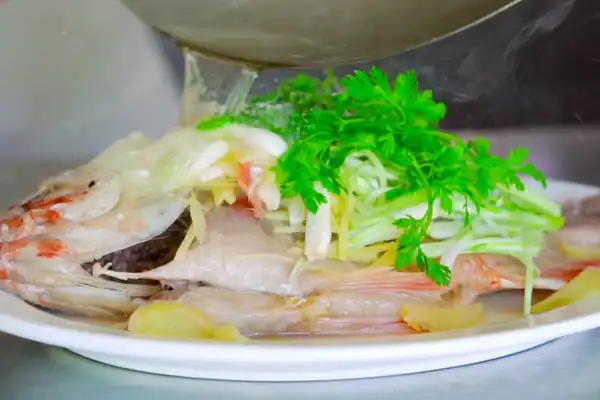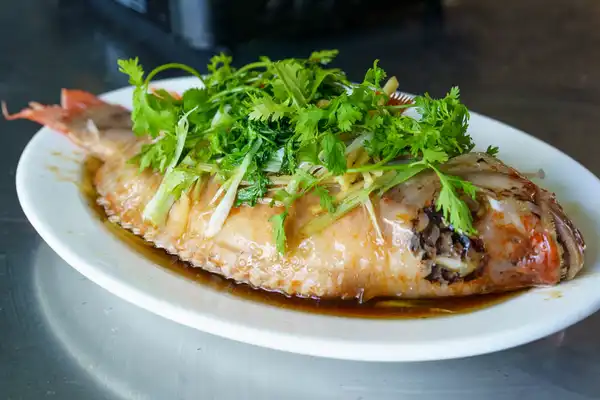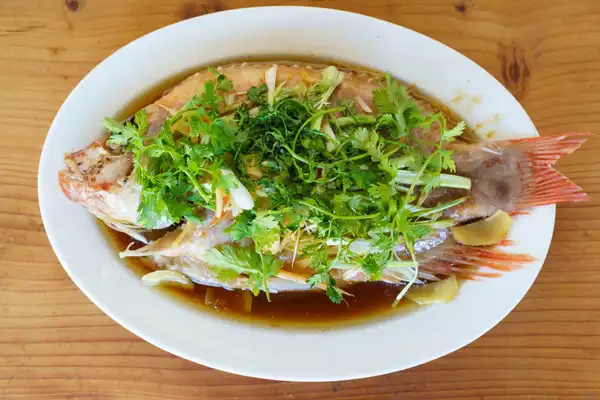The centerpiece of a classic Cantonese meal! A whole fish, complete with head and tail, may look intimidating, but it's in fact very meaningful and not difficult at all.
If you're not used to handling fish that's still, well, fish-shaped, don't worry. Just follow Daddy Lau's straightforward instructions step-by-step. It'll only take few times of making this fantastic recipe to get comfortable. Soon, whole fish will be a regular item on your grocery list.
This dish boasts a delicate and simple flavor that's just right for all ages. Part of why it's a Cantonese classic is because it's a nutritious, refreshing dish that's super easy on the stomach.
Check out a quick story summary of our recipe!



